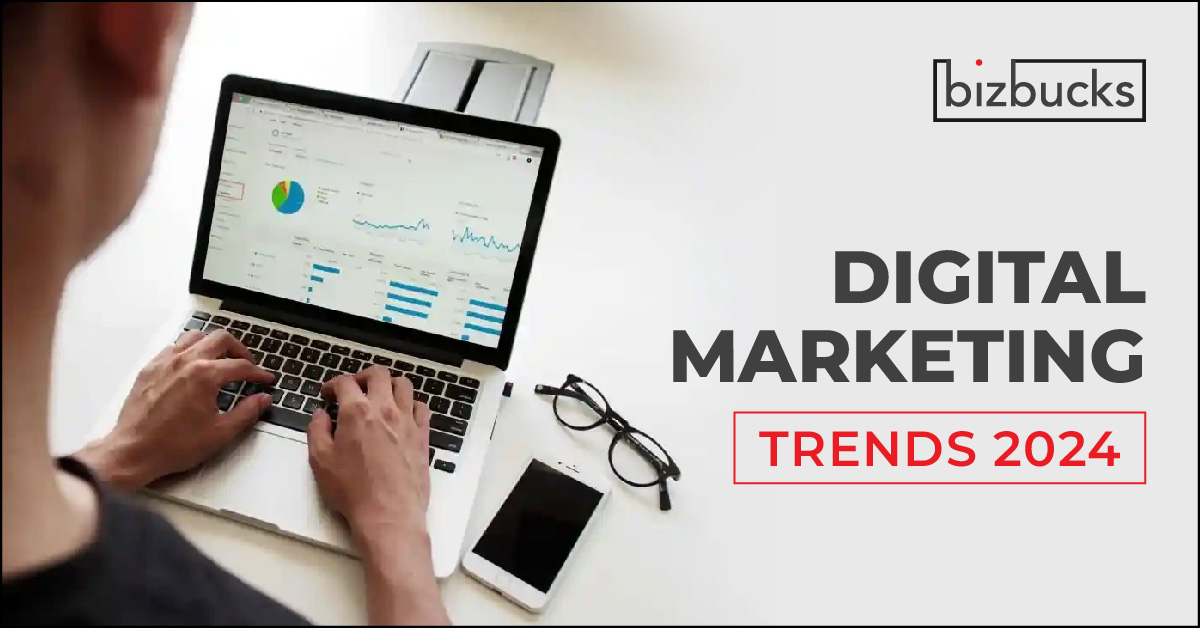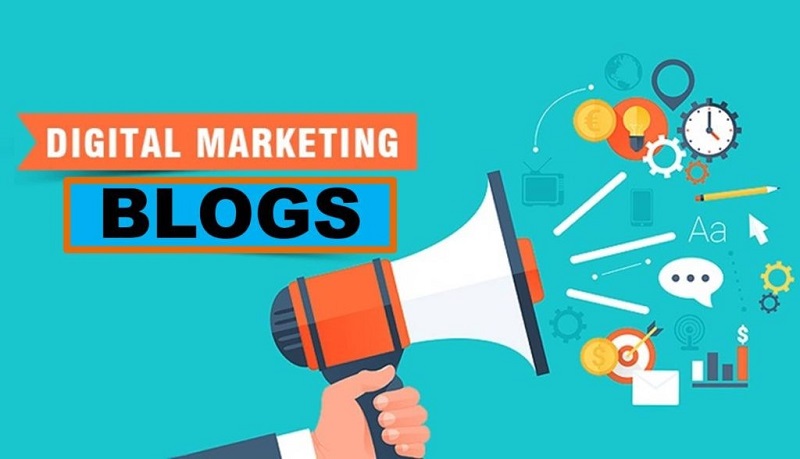AR and VR in Digital Marketing Use Cases for Startups and Small Businesses .
Introduction
Let's be honest, it's difficult for small businesses to be recognized these days. Everyone is quickly scrolling and just focusing on what truly stands out. Technologies like virtual reality (VR) and augmented reality (AR) can help with that. They give your brand a vitality and excitement that ordinary photos or videos simply cannot.
Before you assume that AR and VR are just for large companies with large resources, know that they are now much more accessible and user-friendly than before. We're here to show you how even small local businesses may profit from these technologies.
Why Small Businesses Should Use AR and VR
AR and VR have the potential to transform your digital marketing strategy. Here's why you should think about them.
- They improve the way your product is viewed by buyers, which encourages more secure purchases.
- They enhance and create a more compelling brand experience.
- They reduce returns and confusion, particularly when shopping online.
- They don't require costly equipment and operate on phones.
They essentially assist consumers in enjoying and trusting your brand.
Easy and Inexpensive Tools to Try
Hiring a large IT team is not necessary to get started. There are tools designed for beginners and small enterprises.
- Spark AR is ideal for creating Facebook or Instagram filters.
- Using Vossle, you can build AR try-ons using just a browser and no apps.
- Zakeke collaborates with internet retailers to display products in augmented reality and three dimensions.
- CloudPano and Panoee assist you in creating virtual tours for your showroom, salon, or shop.
- Campfire works well for personal presentations and distant product demos.
Most of these work well on smartphones and come in free or inexpensive versions.
How It's Being Used by Other Small Businesses
-
Display Items in 3D
Consider a client viewing how your coffee table or chair might seem in their space. AR is capable of doing that. It increases trust and expedites the closing of deals. -
Online Try-Ons
Allow customers to try on your jewelry, makeup, or eyewear using the camera on their phone. It facilitates and enhances internet commerce. -
Provide a Virtual Tour
Have a fitness center, hairdresser, or a small cafe? Allowing guests to virtually tour your space before they come makes them feel more at ease and enthusiastic. -
Interactive Menus
You can display dishes in 3D if you own a restaurant. Consumers can view the appearance of their order before it ever arrives by scanning a QR code. -
Adorable Promotions
Launch minigame competitions or face filters on social media using augmented reality. It attracts interest and promotes sharing.
New Ideas for 2025
- AR and VR continue to improve and become more user-friendly.
- With new methods, images are more realistic than before.
- Tools such as Campfire are compatible with laptops, tablets, and phones.
- AR filters are being used by brands on Instagram and Snapchat to gain virality.
- You can make a statement before others do if you try things first.
Easy Steps to Begin
Here's how to ease into it so you don't have to go all in on day one.
Select a single concept, such as a product demonstration or virtual tour.
- Select a tool that is easy for beginners to use, such as Panoee or Spark AR.
- Post about the experience on social media or your website.
- Pay attention to what customers have to say and record what works.
Real Stories That Inspire
A small virtual reality tour of a reading café in a lovely Jaipur bookstore was made with CloudPano. The ability for customers to browse the area online increased foot visitation, particularly from students.Customers could virtually put on earrings using their phone's camera thanks to a small jewellery brand in Nagpur that used Instagram AR filters created with Spark AR. Online sales increased as a result, and the brand stood out at festivals.
Both companies made use of simple, reasonably priced solutions to improve client experiences. No large expenditures, no technical staff, simple technology and clever thought.
In Conclusion
Small businesses can now afford to use AR and VR. In fact, they may be the advantage you need to expand in 2025 since they enable you to engage with your audience in a meaningful, enjoyable, and useful way.
Thus, begin with something easy. Display your item in 3D. Provide a virtual tour. Give your client a chance to try something different. Both the technology and your clients are prepared.
Make your brand come to life so that consumers can feel it rather than just see it.
Grow your business .
Popular blogs .


